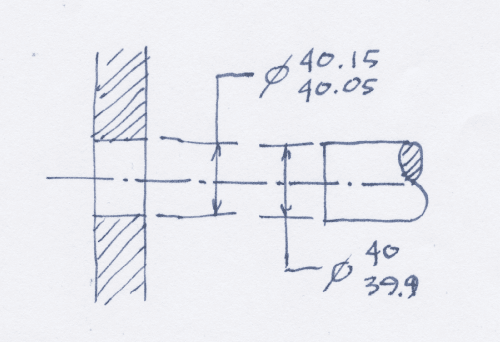Kedu
Mechanical
- May 9, 2017
- 193
MBD environment and settings
Should we model at "the nominal" or at "the mean"?
Looks like design-inspection preference is "the nominal" and manufacturing is "the mean".
Creating a derivative for manufacturing looks like it is NOT a GREAT solution (could be an OKAY one however) due to the translation issues and validation problems.
Any comments?
How would YOU solve it?
Should we model at "the nominal" or at "the mean"?
Looks like design-inspection preference is "the nominal" and manufacturing is "the mean".
Creating a derivative for manufacturing looks like it is NOT a GREAT solution (could be an OKAY one however) due to the translation issues and validation problems.
Any comments?
How would YOU solve it?

